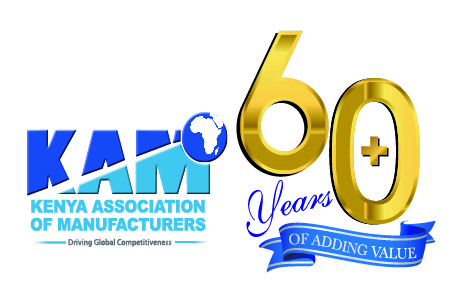Our competitiveness matters now more than ever
By Phyllis Wakiaga
Every crisis provides a turning point for societies in every aspect; be it social, economic or cultural. It provides a moment of clarity to assess whether the current structures are strong enough to sustain us and carry us into a favourable future.
When we get to it, the reopening of economies will have a trickledown effect on global supply chains. So what mechanisms have we put in place to raise our competitive advantage regionally and globally?
The latest Competitive Industrial Performance report by the United Nations Industrial Development Organization ranks Kenya’s manufacturing sector at position 115 out of 152 economies in global manufacturing. The ranking is based on a set of indicators that measure the structure, productive capacity, impact of an economy’s manufacturing sector in the global manufacturing and intensity of industrialization.
During this critical time, Kenya has demonstrated its capability to manufacture critical items for the local and export markets, which have previously been imported. Competing in export markets is the key path to insulating our economy against swings in global commodity prices.
Even with the demonstrated capacity to manufacture goods for the export market, Kenya has failed to achieve much success in growing exports despite enormous preferential market access opportunities in the region and the globe. For instance, under the COMESA trade regime, Kenya faces stiff competition from imports from partner states. The AFCTA was also set to kick-off this month but had to be pushed for the continent to first give priority to fighting the pandemic. But had everything been as planned, would we have been ready to take advantage of the huge market? Or will we have set ourselves up to drown?
We have it within us to actually turn things around and take advantage of the largest global market. First, by ensuring certainty and predictability of tax policies which promote good governance and encourage investments. Whilst the government is keen on cushioning Kenyans on the adverse effects of the pandemic as demonstrated through the enactment of the Tax Law Amendment Act of 2020, some provisions will negatively impact the competitiveness of our manufacturing sector.
For instance, the introduction of investment deductions under income tax for industrial buildings and machinery, which reduced Investment Allowance from 100% to 50% in the first year and 25% onwards. There is also the removal of key essential goods such as medicines and agricultural inputs from the value-added tax exemption. These policy changes are likely to lead to the stalling of ongoing investments and capital projects, increase VAT claims owed to businesses and ultimately drive up the cost of production and increase cash flow and liquidity constraints.
Secondly, reduction of transport and logistics costs across the country. These costs impact on competitiveness, industrial productivity and manufactured goods prices. Kenya’s logistics costs range from 18% to 30% of product value and even higher for SMEs at about 40% — compared to benchmarks of around 8% of the product value in OECD, according to the Manufacturing Priority Agenda, 2020.
Whilst the government has undertaken measures to reduce these costs, manufacturers continue to face a myriad of challenges ranging from a delay of cargo from Mombasa to Inland Container Depot Nairobi, lengthy clearance at the Inland Container Depot Nairobi and port, and poor system interlink.
We need a review of SGR freight tariff rates and last-mile costs to make local products competitive. A framework for pre-arrival clearance for bona fide manufacturers should be developed and implemented. Having said this, however, the move making the use of SGR for cargo transportation from Mombasa to Nairobi optional is a welcome relief for local manufacturers.
Third, adapting to changes brought about by the pandemic. With COVID-19 pandemic, we have had to adapt to the ‘new normal’ in every aspect of our lives. Businesses have had to evaluate their operations with many reviewing their cost structures to remain viable, sustainable and competitive.
It is time that the government joined the private sector in this exercise. In the 90s, the government implemented a structural adjustment programme that saw the overall size of the civil service reduced, rendering the civil service more efficient. The program also saw the government privatise non-strategic public enterprises. The implementation of such a program will see the government improve on investment efficiency that limits economic growth, in turn, lead to competitiveness.
The writer is the CEO of Kenya Association of Manufacturers and can be reached at info@kam.co.ke.
Looking for elevation? KAM lifts you up.
- Direct technical assistance
- Capacity building programmes
- Networking and mentorship
- Industry insights & analysis
- Trade & export development services
